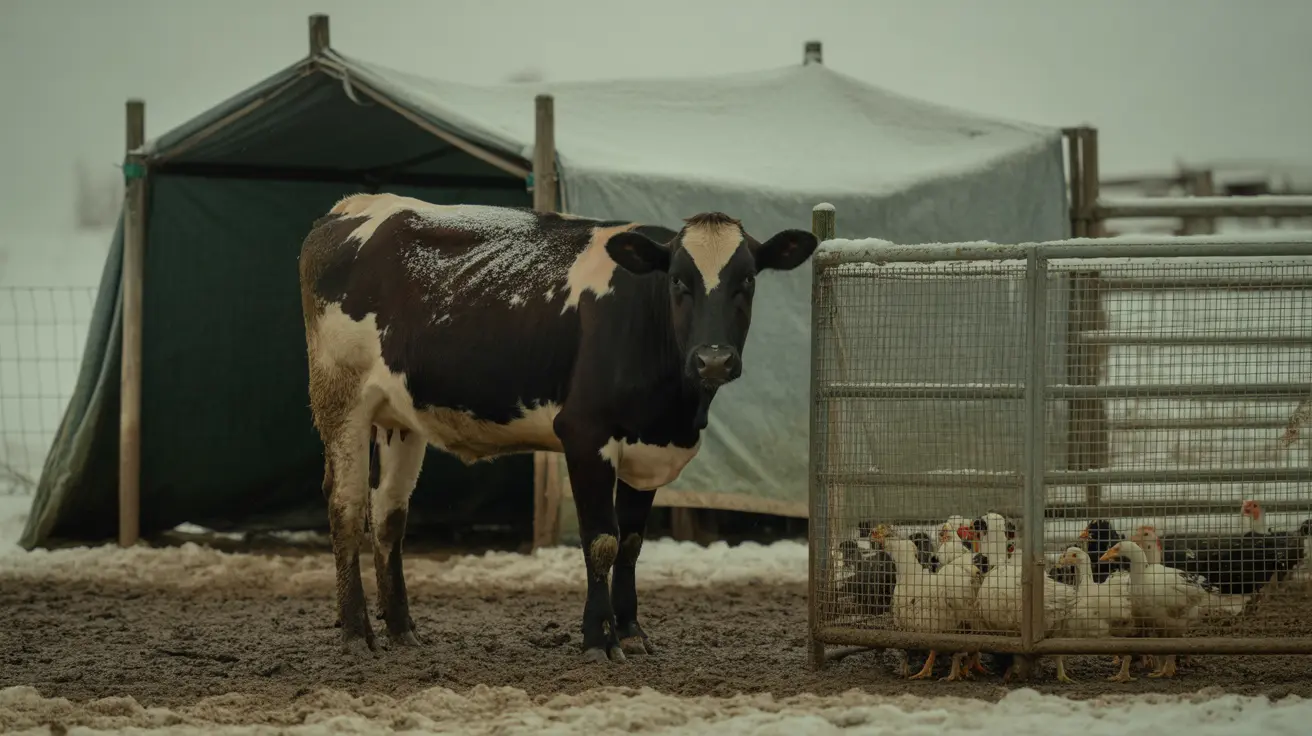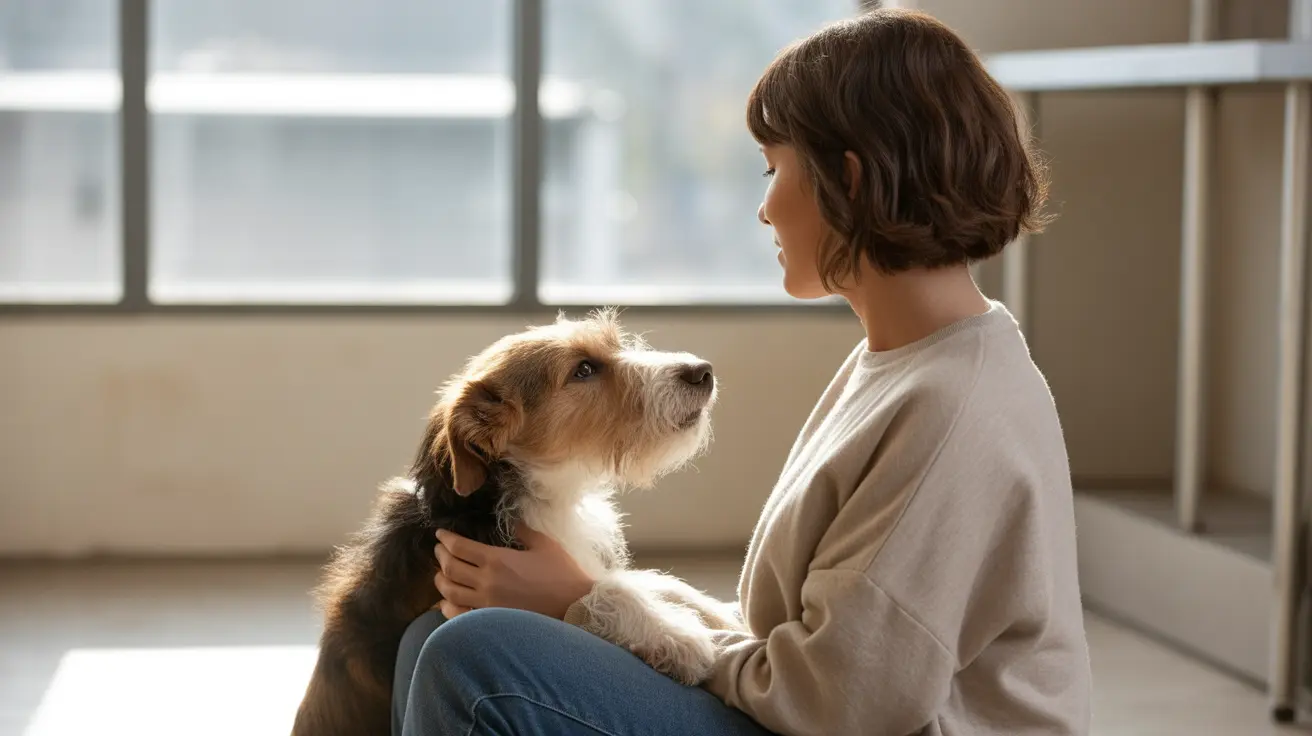Discovering the Safest Dog Breed for Your Family
Choosing a safe and friendly dog breed is one of the most important decisions a family can make. A safe breed doesn't just mean low aggression; it also implies patience, ease of training, affection toward children and strangers, and overall temperament. Based on expert recommendations and characteristics tailored to families, the Labrador Retriever stands out as the safest dog breed.
Why Labrador Retrievers Rank as the Safest
Labrador Retrievers consistently top the list of family-friendly dogs. Their popularity across the world isn’t accidental—Labs are:
- Affectionate and Friendly: Known for bonding equally well with adults and children.
- Trainable: Highly intelligent and receptive to commands, making them easy to socialize.
- Patient: Their tolerant nature helps them interact safely even with smaller children.
- Energetic but Manageable: They enjoy play but are not overly hyper, and their energy can be channeled through exercise.
Their even temperament makes them a reliable choice for households looking to avoid unpredictability or aggression. Labs thrive when given attention, exercise, and a structured environment, making them ideal for active families.
Other Safe and Trustworthy Dog Breeds
While Labradors lead the way, several other breeds are also touted for being safe and suitable, particularly with children and other pets:
- Golden Retriever: Affectionate, gentle, and patient—ideal for kids and new dog owners.
- Beagle: Friendly, loyal, and active; great in multi-pet households.
- Poodle (All Sizes): Highly intelligent, hypoallergenic, and adaptable to different environments.
- Newfoundland: Gentle giants known for their calm demeanor and protective instincts.
- Cavalier King Charles Spaniel: Sweet-natured and adaptable; tolerant of kids and other animals.
- Bulldog: Easygoing, low-energy, and incredibly loyal—a steady presence in the home.
- Collie: Intelligent and gentle, with a protective demeanor toward children.
- Bichon Frise: Small, cheerful, and affectionate; their hypoallergenic coat is a bonus.
What Makes a Dog "Safe"?
Safety in dogs goes beyond the breed name. Consider the following:
- Temperament: Calm, friendly, and predictable behavior is key.
- Size: Larger dogs may accidentally knock over small children, but many have gentle dispositions (e.g., Newfoundland).
- Training: A trainable dog that responds to basic commands and social cues is typically safer.
- Early Socialization: Dogs should be socialized from an early age to people, children, and other pets.
- Energy Levels: Match the dog’s activity needs with your family’s lifestyle to prevent behavioral problems.
Don't Overlook Mixed Breeds
Mixed-breed dogs (mutts) from shelters can be incredibly well-mannered, affectionate, and safe, often with fewer genetic health issues. When properly evaluated and socialized, they can make wonderful, loyal family companions.
Responsible Ownership = A Safe Dog
Regardless of breed, how a dog is raised, trained, and treated determines much of their behavior. A few essentials:
- Invest in positive reinforcement training.
- Provide adequate mental and physical stimulation.
- Ensure regular veterinary care.
- Supervise interactions between small children and pets, especially early on.
- Offer plenty of affection, structure, and consistency.
Conclusion
The safest dog breed is one that matches your family’s lifestyle, receives proper training, and thrives in a supportive environment. While Labrador Retrievers top the list for their balanced disposition, many breeds—including Golden Retrievers, Poodles, Cavaliers, and even mixed breeds—are wonderful additions to a loving home. Make a thoughtful, informed choice, and any breed can become a safe and beloved part of your family.





